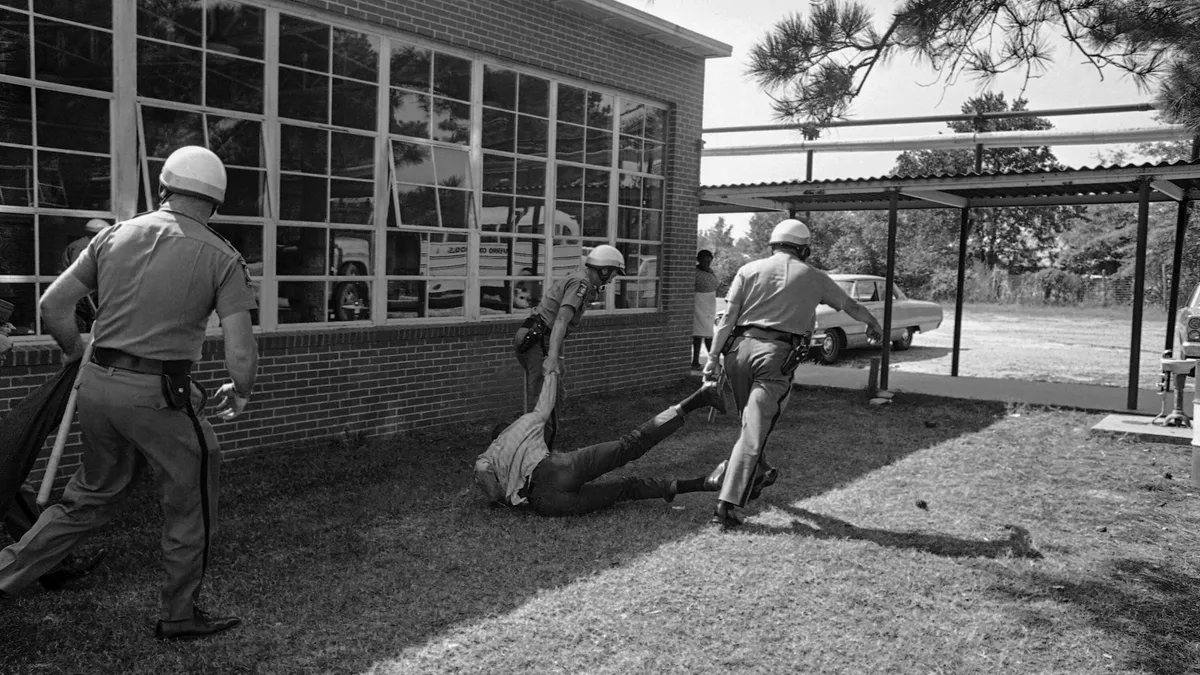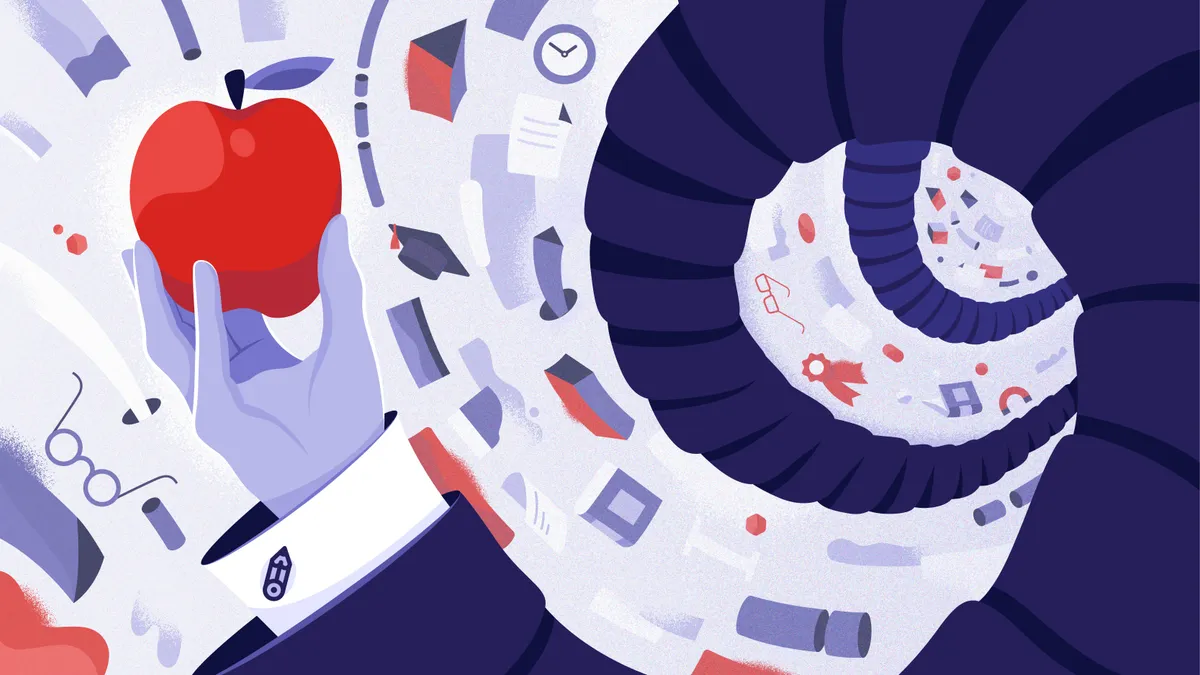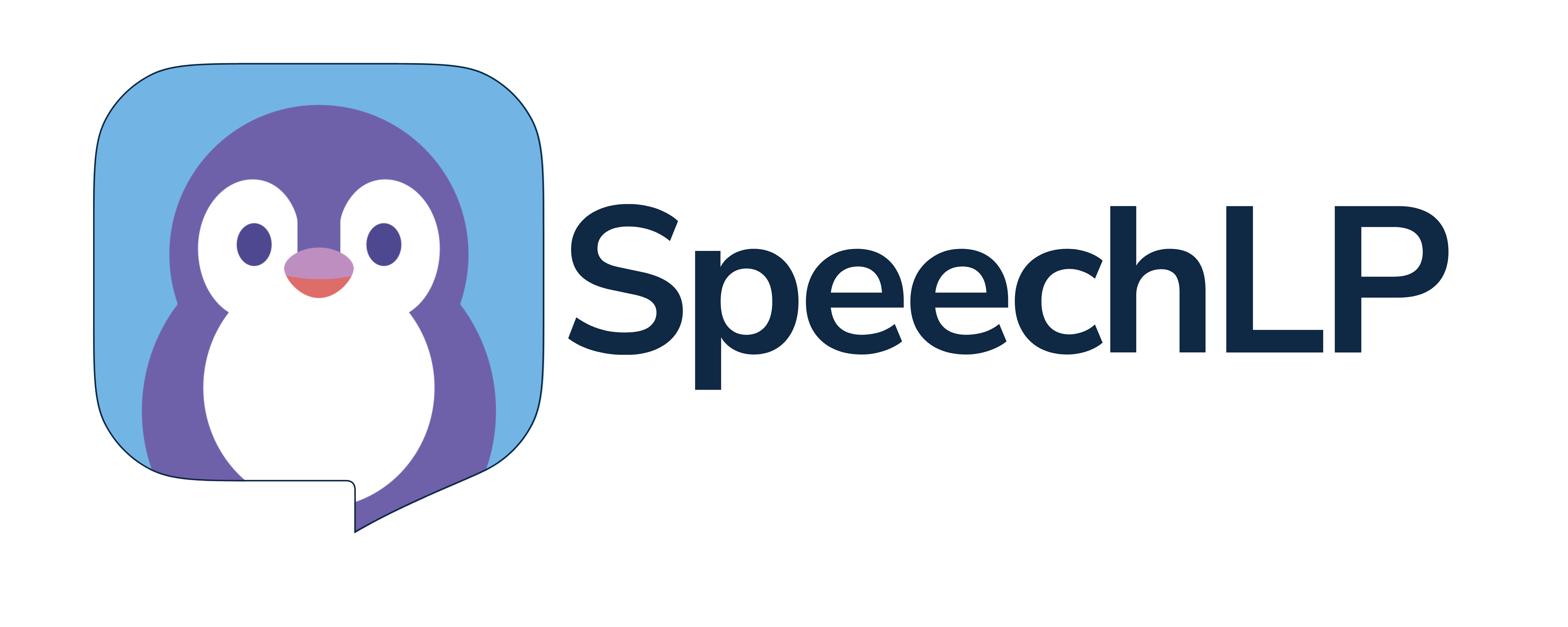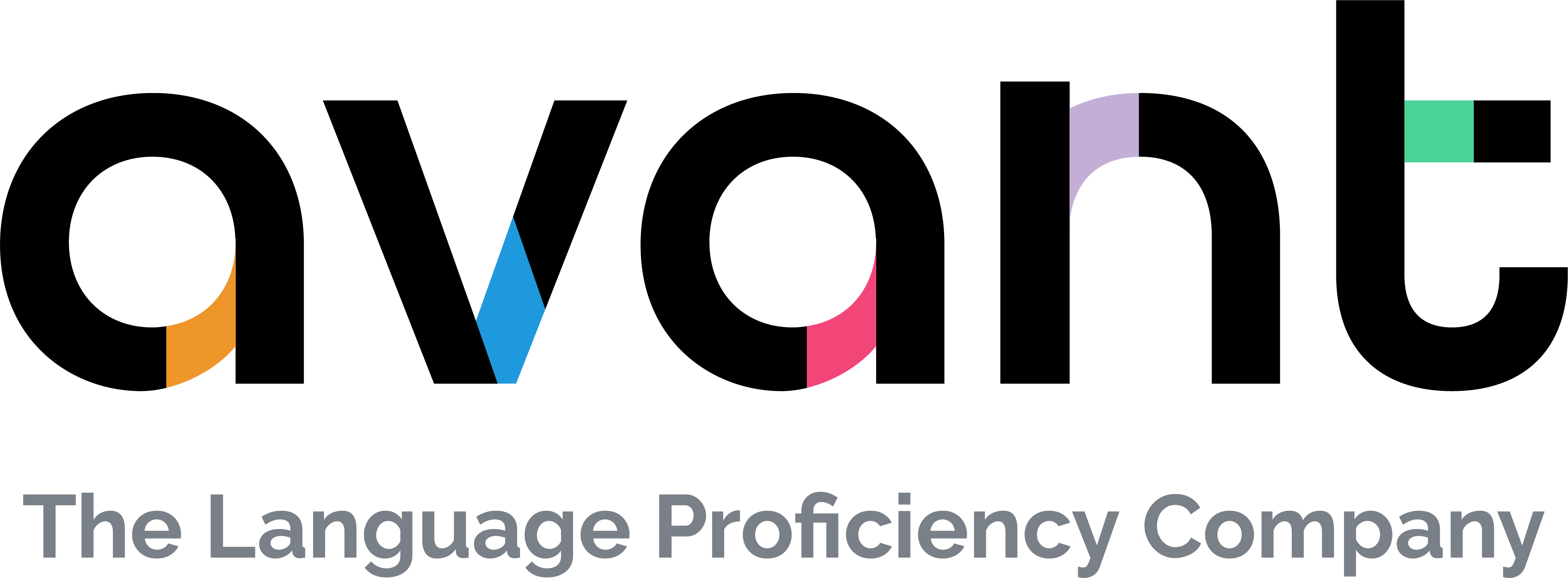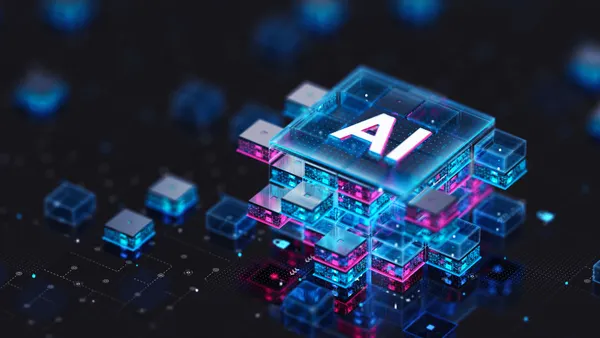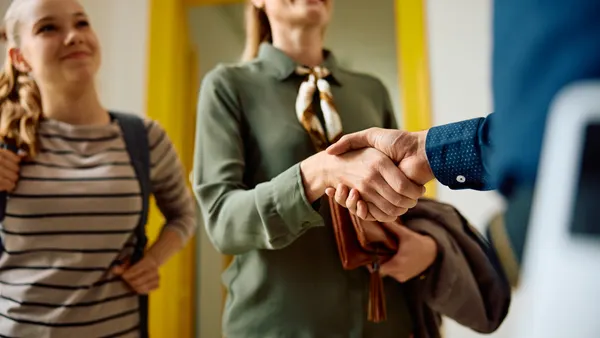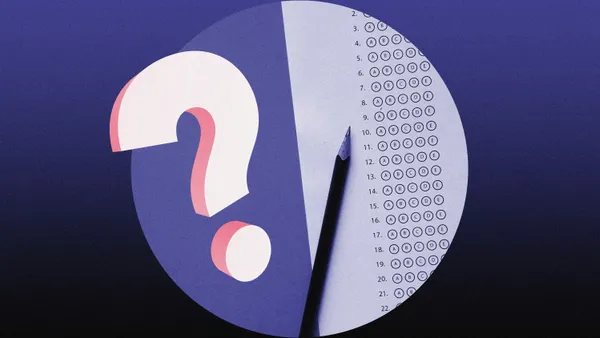Dive Brief:
- The ability to adapt as things change is not part of the education system in America, Katrina Stevens, director of learning science at the Chan Zuckerberg Initiative, and Matt Greenfield, managing partner of Rethink Education, wrote in a recent EdSurge article. Yet many careers, from game design to engineering, require the ability to adjust plans as something is built and constructed.
- Infusing curriculum with more project-based learning and exposure to real-world examples could help students develop these crucial tools while still in school.
- Those experiences could also help students see that their later success could be based on more than just the grade they earned in a class — but also the experiences they developed during their lessons.
Dive Insight:
Giving students a chance to test their abilities before leaving school is optimum. Designing a new library space, or building a prosthetic foot for a duck — these are all skills that students can take with them as they work toward a college degree or even a career. Yet having a real-world experience while still in school is not always possible for every student. Some schools lack connections to businesses that can offer expert help, or places outside the classroom where students can observe and learn. That doesn’t mean, however, that students need to be shut out of gathering these skills.
Simulated real-world experiences can also be valuable — from a career day speaker talking during a webcast or a virtual science experiment, such as dissecting a frog through a computer program. A 2010 study, “Simulation-based learning: Just like the real thing” found that simulated-based training can be effective in medical schools, noting, though, that the “key to success in simulation training is integrating it into traditional education programs.”
Curriculum designers shouldn’t shy away from encouraging teachers to bring real-world training to their students, whether in person or through virtual means. They should, however, make sure that these tools — virtual or face-to-face— are closely aligned with the curriculum and learning objectices so students gain the most they can from the experience.



